Strawberry Tree - distressed, how to save?
david1116
10 years ago
Featured Answer
Sort by:Oldest
Comments (16)
ken_adrian Adrian MI cold Z5
10 years agoRelated Professionals
Allentown Landscape Architects & Landscape Designers · Rossville Landscape Architects & Landscape Designers · Alexandria Landscape Contractors · Doctor Phillips Landscape Contractors · Glendale Heights Landscape Contractors · Long Branch Landscape Contractors · Petaluma Landscape Contractors · Pikesville Landscape Contractors · Goldenrod Landscape Contractors · Annapolis Siding & Exteriors · Bronx Siding & Exteriors · Boise Decks, Patios & Outdoor Enclosures · Glasgow Decks, Patios & Outdoor Enclosures · Richmond Decks, Patios & Outdoor Enclosures · Agoura Hills Stone, Pavers & Concretedavid1116
10 years agodavidrt28 (zone 7)
10 years agodavidrt28 (zone 7)
10 years agoken_adrian Adrian MI cold Z5
10 years agodavid1116
10 years agodavid1116
10 years agodavid1116
10 years agoannzgw
10 years agodavidrt28 (zone 7)
10 years agodavidrt28 (zone 7)
10 years agohoovb zone 9 sunset 23
10 years agodavid1116
10 years agodavidrt28 (zone 7)
10 years agodavidrt28 (zone 7)
10 years ago
Related Stories

LANDSCAPE DESIGNGet Along With Less Lawn — Ideas to Save Water and Effort
Ditch the mower and lower your water bill while creating a feast for the eyes with diverse plantings and gathering places
Full Story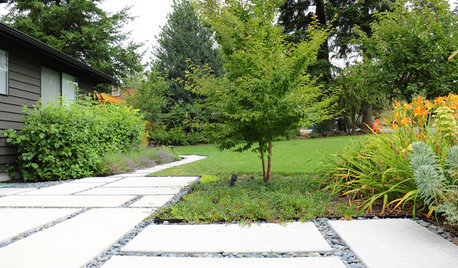
ARBOR DAY10 Trees Landscape Designers Love
In honor of Arbor Day, consider adding a beautiful and beneficial tree species favored by designers around the country
Full Story
SAVING WATER11 Ways to Save Water at Home
Whether you live in a drought-stricken area or just want to help preserve a precious resource, here are things you can do to use less water
Full Story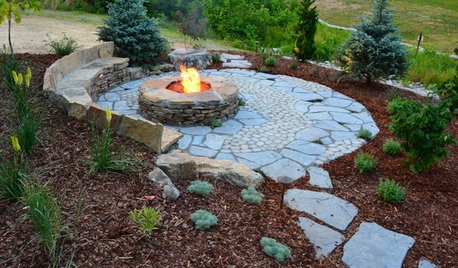
HOLIDAYS10 Ways Your Christmas Tree Can Live On After the Holidays
Learn how to recycle your Christmas tree and reap benefits for the environment
Full Story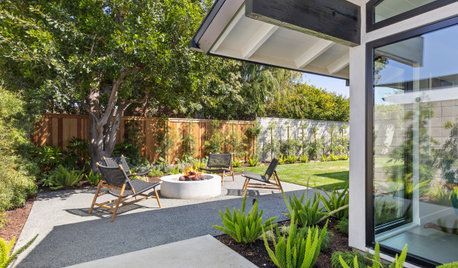
LANDSCAPE DESIGNWhere to Save Money on a Landscape Renovation
These 10 cost-saving ideas from professionals can help you stretch your budget without sacrificing style or quality
Full Story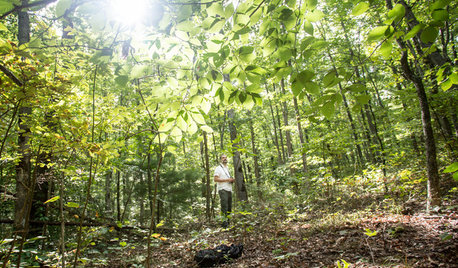
MOST POPULARSpringtime Gardening: Begin by Listening to Trees
A biologist and author shows how open senses and lively curiosity can guide our work in the landscape and garden
Full Story
ARBOR DAY8 Reasons to Plant a Great Tree
Beauty is its own reward, but the benefits of planting the right tree in the right place go way beyond looks
Full Story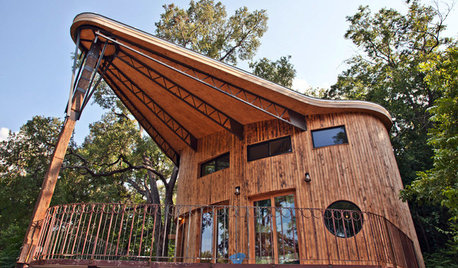
HOUZZ TOURSMy Houzz: A Reclaimed Wood House Rises From the Trees
Scorched siding, thoughtfully repurposed furnishings and a connection to both family and nature shine in this designer's new build
Full Story
CLOSETSThe 15 Most Popular Closet Luxuries on Houzz
Turn distressing disarray into streamlined perfection with closet organizers and amenities like these
Full Story
BEFORE AND AFTERSSee 6 Yards Transformed by Losing Their Lawns
Wondering whether a turf lawn is the best use of your outdoor space? These homeowners did, and they found creative alternatives
Full Story





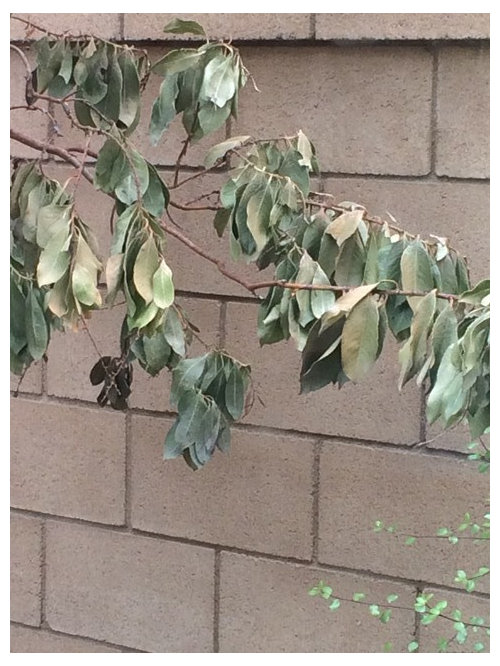
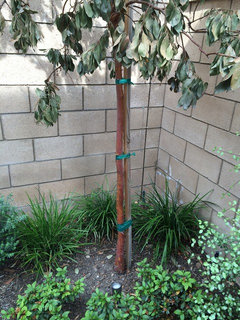
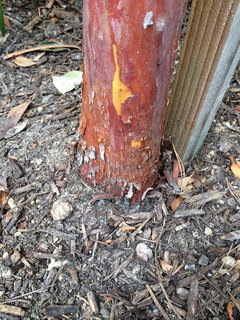
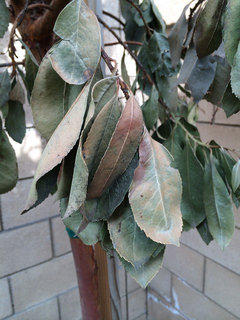


jbraun_gw